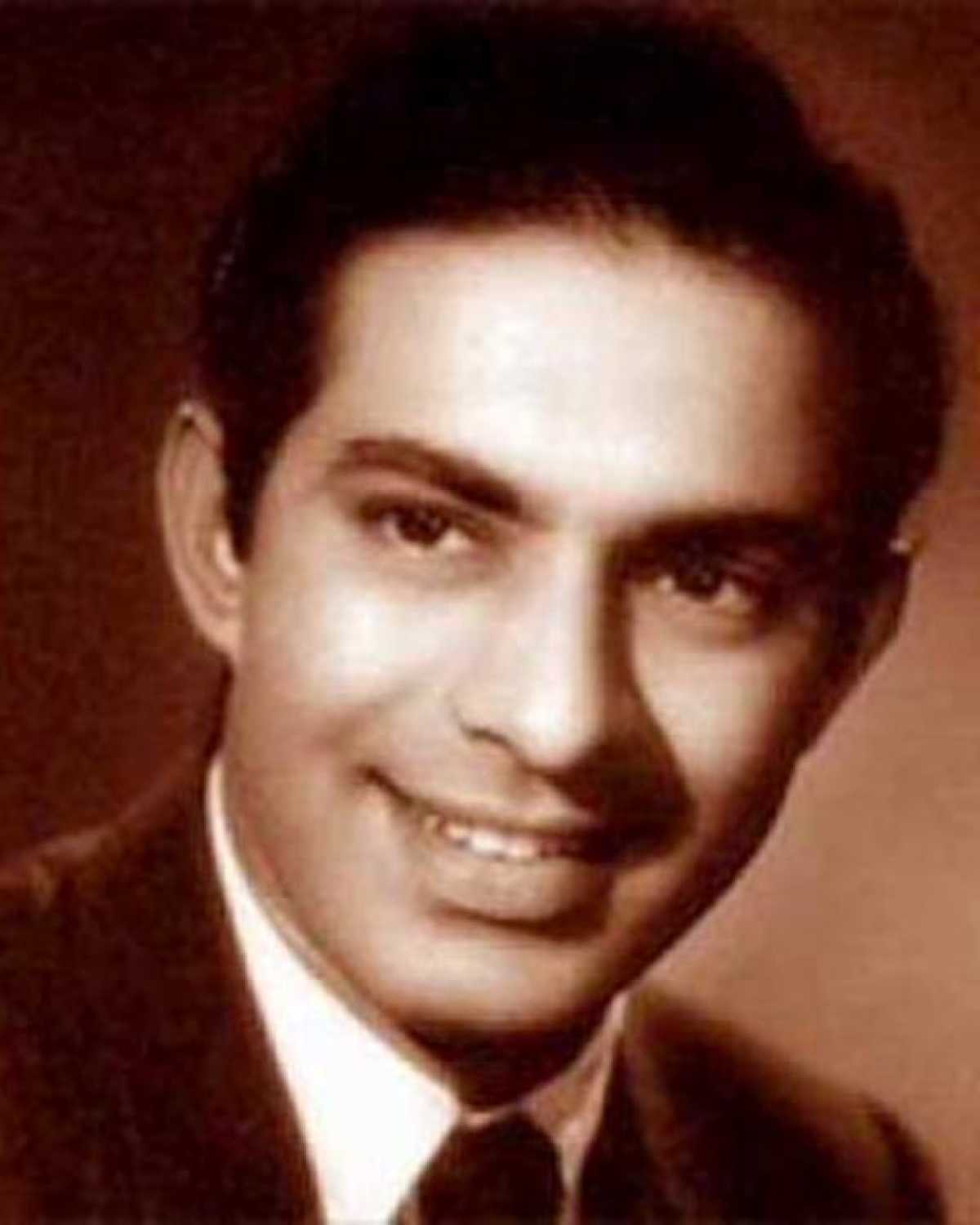Handsome as the young Jimmy Stewart and more melodious than Frank Sinatra, Talat Mahmood became the voice of the triumvirate of Dilip Kumar, Raj Kapoor and Dev Anand at the peak of their careers. On the ghazal maestro's 93rd birth anniversary, we look at his short acting career.
Birth Anniversary special: Talat Mahmood, the hesitant actor
Mumbai - 24 Feb 2017 15:49 IST
Updated : 08 May 2018 17:46 IST


Shriram Iyengar
There was no dearth of handsome leading men who could sing in the early days of Hindi cinema. Ashok Kumar, KL Saigal, Bharat Bhushan all led the line with their soulful timbres. Even Dilip Kumar learnt, albeit as a hobby, classical Hindustani music.
But Talat Mahmood's voice had a quality that was almost divine. It was a voice born for music. His slow falsetto could make women swoon while his deep-set eyes could make them swear eternal fidelity. No wonder this maestro took to singing ghazals – that deeply poetic form created for romance and tragedy.
In 1941, the 17-year-old Talat Mahmood moved to the centre of India's film industry – Calcutta. Home to the legendary New Theatres and HMV, Calcutta was the centre of India's cinematic explosion before Bombay arrived. HMV had discovered this prodigious young talent, trained at the Bhatkande school of music in Lucknow, and signed him to record three songs.
As Talat Mahmood himself said in an interview on All India Radio, "My first song for HMV was 'Sab Din Ek Samaan'. It proved to be a big hit." In fact, it proved to be a coup d'etat for the recording label. Songs like 'Tasveer teri dil mera behla na sakegi' established him as a bona fide star.
It wasn't until he completed his course at Lucknow, however, and returned to Calcutta in 1944 that his big break came through. Talat Mahmood signed for New Theatres in 1945. The legendary PC Barua convinced him to sing and act in his film, Raj Laxmi, in 1945. At the tender age of 21, Talat headlined the film alongside another major talent, Kanan Devi. His soulful rendition of 'Iss jag se kucch aas nahin' showed the potential of the new singing star.
But there was a problem: Talat Mahmood could not act. Though he had the handsome bearings of a prince, he was ill-equipped to deal with the close attention of the camera.
In his first three films, Raj Laxmi, Tum Aur Main (1947) and Samapti (1949), Talat skimmed through on the grace of his singing skills. Even his non-film songs during the time, like 'Ae rimjhim jhim baroshey', proved to be hits. But for a New Theatres audience that was used to watching PC Barua and KL Saigal, Talat was diluted soda pop.
By the end of the 1940s, Talat Mahmood decided to move to Bombay, just as his idol, KL Saigal, had done some years earlier. A large fan base of masterful composers welcomed him. Masters like Anil Biswas, C Ramchandra, Naushad, Khemchand Prakash, and Bulo C Rani queued up with compositions to be sung in his voice.
It was under Anil Biswas's baton that Talat Mahmood got his first big song in Arzoo (1950). Singing for Dilip Kumar, Talat Mahmood's quivering voice found the perfect outlet on screen.
His acting career took off as well. AR Kardar cast him as the lead in his Dil-e-Nadaan (1953). To find the perfect leading lady for his leading man, the director also launched a talent contest. The winner, Peace Kanwal, would go on to become his sister-in-law in the years to come. It was an enjoyable time for Talat Mahmood, as he would admit later: “I enjoyed acting... and these were soft, romantic roles in films that have a number of songs. The films of this era followed the singing hero concept very closely.”

In the 1950s, Talat Mahmood starred opposite Madhubala (Aaram, 1951), Shyama (Dil-e-Nadaan, 1953), Suraiya and Nadira (Waris, 1954), Mala Sinha (Ek Gaon Ki Kahani, 1957), Suraiya (Maalik, 1958) and Nutan (Sone Ki Chidiya, 1958). Even his characters were varied. From the musician in Dil-e-Nadaan to the journalist in Sone Ki Chidiya, his acting improved.
In his last film as an actor, Sone Ki Chidiya (1958), Talat Mahmood held his ground opposite the natural prowess of Nutan. Even his unerring recital of 'Pyar Par Bus Toh Nahi' did not take away from his performance on screen. Considering the fact that he played second lead to one of the great method actors of the time, Balraj Sahni, this was quite an achievement.
By this time, Talat Mahmood had acted in a variety of roles. From the runaway musician fighting his father in Dil-e-Nadaan to the journalist in Sone Ki Chidiya, Talat Mahmood had grown into the shoes of an actor. He was no longer a novice. His emotional expressions had improved. Though his shy nature rendered him inadequate for romantic scenes, comedy, or violent action, it aided him well in emotional scenes. His improvement was such that Bimal Roy once considered casting him for Madhumati (1958).
His good looks and melodious voice were an irresistible combination. The actress Shyama once admitted to having a crush on him. Mala Sinha called him 'one of the greatest ghazal singers'. Dilip Kumar, a close friend, was a fan of his humility and termed him the perfect gentleman.
History will remember Talat Mahmood as the voice that enchanted lovers of music around the world. But a small part of cinema will remember him as an actor, hesitant as he was at admitting it.

